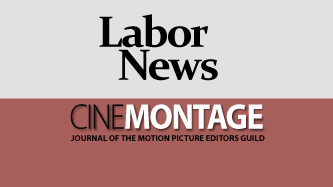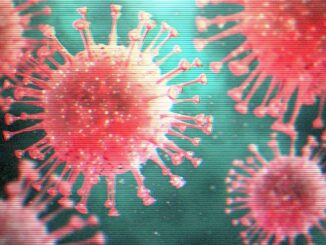
Reprinted from The Hollywood Reporter by Bryn Sandberg on December 16, 2020.
Despite the surge of COVID-19 cases in the US, Netflix has no plans to slow production down. The streamer, one of the first companies to get cameras rolling again amid the pandemic, is currently shooting dozens of film and TV projects in more than 10 countries. In recent weeks, the platform has successfully completed a handful of productions — including the Dwayne Johnson-Gal Gadot feature Red Notice in Atlanta and Mike Flanagan’s horror series Midnight Mass in Vancouver — with even more projects wrapping ahead of the holidays. The streamer’s physical production executives have managed to keep productions up and running despite the rise in COVID cases across the US thanks to a set of meticulously crafted safety protocols that involve frequent testing, ample PPE and carefully monitored sets. But Netflix wouldn’t be Netflix if it didn’t bring data and models into the equation somehow.
The company has been using an in-house risk assessment tool called the Barnes Scale, developed by Netflix data scientist Sean Barnes, that weighs factors like community prevalence of the virus and social behavior in the filming area to help its execs determine what safety strategies to employ on set. “You run that model, and it spits out all the things that can happen in terms of infection transmission,” says Momita Sengupta, the company’s vp production management for original series. It’s what led to a full NBA-style “bubble” with no access in or out on Red Notice in Atlanta. Meanwhile, two of Netflix’s other movies, the Adam Sandler-LeBron James flick Hustle and Adam McKay’s Don’t Look Up, have been using a smaller bubble that extends only to cast and key crewmembers — mainly because actors are higher risk since they often can’t wear masks while filming. …






